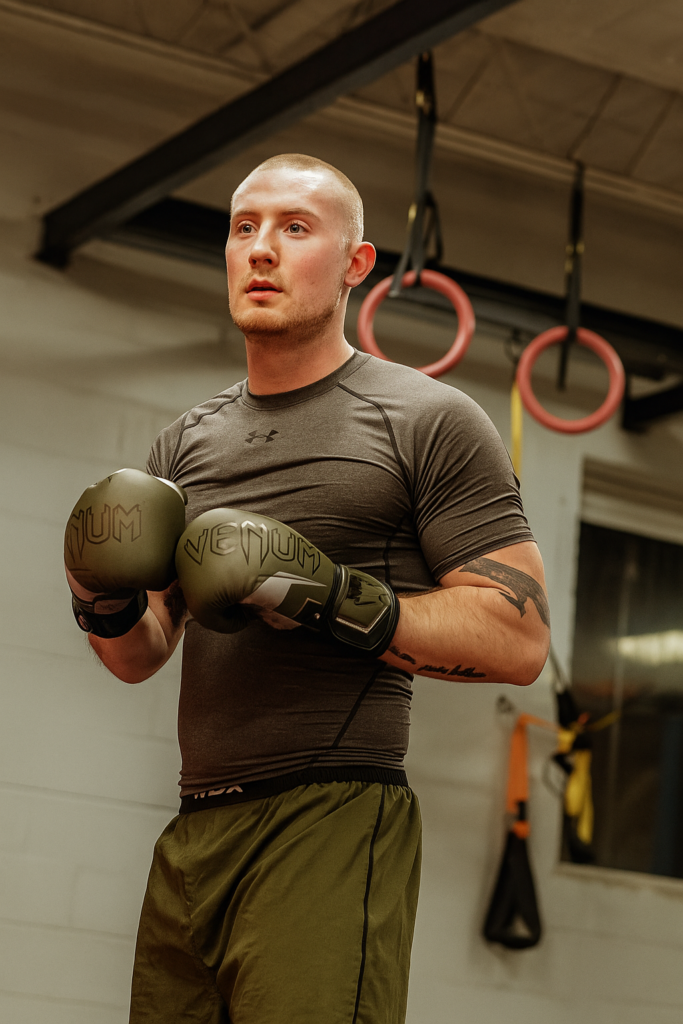Lysak Sento Method – Reality Self Defense
LSM is a comprehensive approach to teaching and learning the martial arts.
The Key principles:
- Four phases of self defense
- 7 M.A.T.
- R.I.O.T.
- Seven ranges of Self Defense
- the Tactical Checklist
Overview of the Key Principles of LSM (Lysak’s Sento Method) Training
We cover the various concepts, and principles that make the LSM such an effective self-protection system. We assure you that if you consider, and apply these principles to your training you will see amazing improvements in your skill, and confidence. Throughout our program you will see words like grappling, striking, environment, and psychological repeated throughout the 5 key principles. It is important however that you do not confuse ranges with arsenals, or arsenals with ingredients, etc… each principle is synergistic with the others, and they have similarities, yet they are distinct aspects of self-protection. The manner in which we blend each principle together is important.
What will the 5 KEY PRINCIPLES OF SENTO teach you?
The 4 Phases of Self Defense
The 4 Phases of Self Defense are used to break down the stages of self-defense, and self-protection. They deal with how to prevent conflict, how to de-escalate hostile conflict, how to use the element of surprise to gain an advantage over the opposition, as well as how to go toe to toe with the opposition if need be. There are two stages of defense, pre-active, and active. Here is a list of the four phases.
- Avert (prevent)
- Avoid (defuse or de-escalate)
- Ambush (surprise!)
- Active (going toe to toe)
The 7 Ranges of Self Defense
The 7 Ranges are taught so that we can control distance, gauge distance, use distance as a strategic tool, and recognize the tactical options available to us in certain ranges.
The 7 Ranges of self-defense are as follows:
- Psychological
- Outside
- Kicking
- Upper body extended striking (a.k.a. Boxing range)
- Close quarter range (a.k.a. Trapping range)
- Grappling (stand up & ground)
- Grounded defense
7 M.A.T. (7 Main Arsenal Tools)
The 7 M.A.T. involves a sufficient level of understanding, and skill in all of the arsenals of realistic self-defense, as well as the various tools (or weapons) of these arsenals. Each of the seven main arsenals has offensive and defensive tools.
7 M.A.T. includes;
- Striking arsenal
- Grappling arsenal
- Biting arsenal
- Eye attacks arsenal
- Nerve attacks arsenal
- Body handles arsenal
- Environmental (expedient) weapons arsenal: Combat specific /
R.I.O.T.
R.I.O.T. (realistic ingredients of training) for practical mixed martial arts is used to teach us the isolated ingredients involved in developing a complete warrior. It teaches the practitioner that we must learn more than just a bunch of moves to be complete warriors. Here is a list of the ingredients that must be addressed for complete development.
- Psychological ingredients
- Emotional ingredients
- Verbal ingredients
- Postural ingredients
- Tactical ingredients
- Physical ingredients
- Environmental ingredients
The Tactical Checklist
The Tactical Checklist is a generic procedural outline for training, and developing practical tactics. The basic formula for the tactical checklist is as follows;
- Recognize the threat or potential threat (awareness and street smarts)
- Eliminate the initial threat (first things first)
- Eliminate the subsequent threat (finish the job)
- Check
- Control, and maintain control (law enforcement, or if the situation requires, etc…)
- Or Check, and clear (Safe guard and then create distance from the opponent)
- Scan after clearing or while you are exiting (Note: visual awareness should be a constant thing)
- Exit (escape if it is safe, and appropriate to do so)
A.B.C.’s (appropriated battle concepts) of Sento for Self defense
After you mentally grasp this information you must internalize and personalize it. If you teach self-defense you must appropriate the approach to using and teaching this material. Although the principles hold true, the approach will vary from person to person. You can appropriate, or customize skills for students based on age, gender, job responsibilities, physical challenges, etc… Everybody who learns this material should realize that they have a responsibility that goes beyond their teacher, to adapt this information, and system to suit their personal style of living. I don’t know what your daily routine is like, but you do, or what your hidden fears are, but you do. You can use the concepts taught in the following chapters to bring more reality into your training, and as a barometer with which to evaluate your strengths, weaknesses, and current training methods. The complete reality based martial artist will not compromise on reality.






















